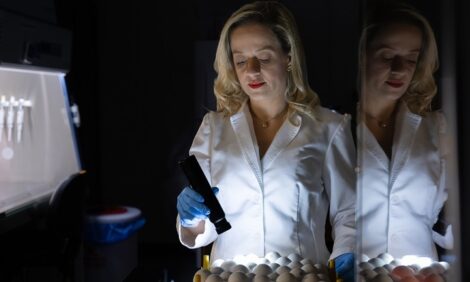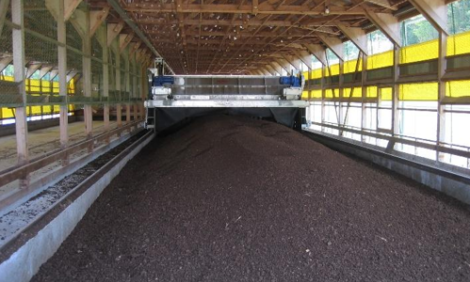



Protect Yourself from the Sun
When we think about safety issues around an agricultural workplace, some of the first things that usually come to mind are injuries that occur with tractors and machinery. While it is true that a large percentage of work-related injuries and fatalities are related to such things as machinery, large animals, falls, etc., there are other safety dangers lurking around your farm that can be just as deadly but are overlooked by many. One of these hazards that farmers and other outdoor workers tend to overlook is skin cancer. According to the Centers for Disease Control, skin cancer is now the most common form of cancer in the United States.
Exposure to the sun’s rays is the major cause of skin cancer. More than a million people will be diagnosed with skin cancer this year. It is estimated that skin cancer will claim the lives of 9,800 people. There are three main types of skin cancers. The first two are basal cell and squamous cell carcinomas, which are highly curable. The most serious type of skin cancer is malignant melanoma. Melanoma is responsible for three-quarters of all deaths from skin cancer. People with light skin and light hair color are most at risk for getting skin cancer. Skin cancer does not commonly occur in dark skinned people but it is still possible for them to contract this disease.
The good news is that skin cancer can be prevented. Here are some important precautions you can take to reduce your chances of getting skin cancer:
- Whenever possible, limit your exposure to the sun between 10 am and 4 pm, when the sun’s rays are the strongest. Cab tractors or tractors with sunshades can help reduce your exposure.
- Always use sunscreen. Apply a broad-spectrum sunscreen with a Sun
- Protection Factor (SPF) of at least 15 or higher. Reapply every 2 hours. Even waterproof sunscreen can come off when you towel off, sweat, or spend extended periods of time in the water. Don’t forget to apply to your face, ears and the back of your neck.
- Wear a wide brimmed hat. It provides good sun protection to your eyes, ears, face, and the back of your neck.
- Cover up. Wearing tightly woven, loose fitting and full-length clothing is a good way to protect your skin from the sun’s UV rays.
- Wear sunglasses that block 99-100% of UV radiation. This will greatly reduce sun exposure that can lead to cataracts and other eye damage.
- Avoid sunlamps and tanning parlors. The light source from tanning beds and sunlamps damages the skin and unprotected eyes. You’ll get enough exposure to the sun when you are out doing your farm work.
In addition to following these skin cancer prevention steps, you should also check your skin regularly for any abnormal changes. Skin cancer is curable if caught early. Some of the things you would look for include:
- Any change to the size, shape or color of moles.
- Irregular borders on moles.
- Moles that aren’t symmetrical.
- Moles that are bigger than a pencil eraser.
- Sores that bleed or don’t heal, red patches or lumps.
These symptoms could appear anywhere on your body. If you notice any symptoms such as these, do not hesitate to seek medical attention. Following these precautions will significantly reduce your chances of getting skin cancer.








